Types of Screen Protectors: Pick The Right One For Smartphone
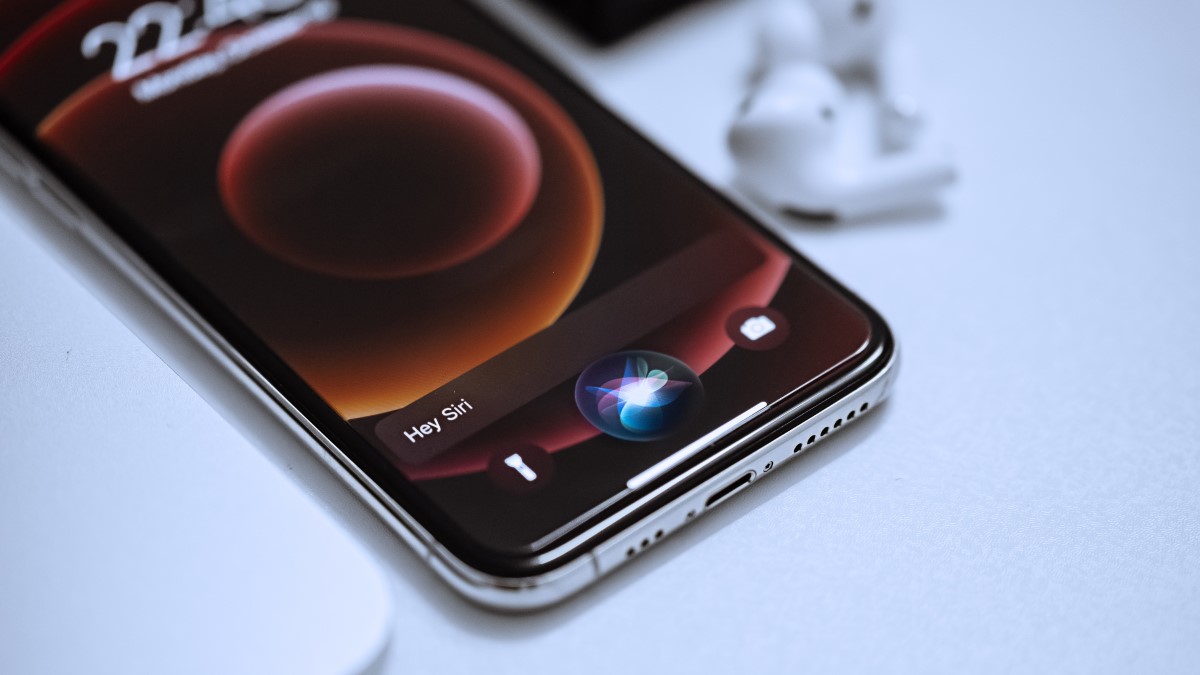
A cracked smartphone screen is arguably one of the most frustrating scenarios, as most flagship phones today cost well over $1000. Additionally, considering the high repair costs of displays, screen protectors have quickly become an essential accessory. However, choosing the right screen protector can be tricky with various options available in the market. Here is everything you know about the types of screen protectors and how to pick the right one for you.
PET Film Screen Protectors
PET film (polyethylene terephthalate) stands out as one of the most cost-effective screen protectors available since it essentially comprises a thin polyester film layered with a scratch-resistant matte coating on one side and a silicone adhesive on the other side. While these films offer clarity and protection against scratches, they fall short when it comes to impact resistance, making them less effective against drops.
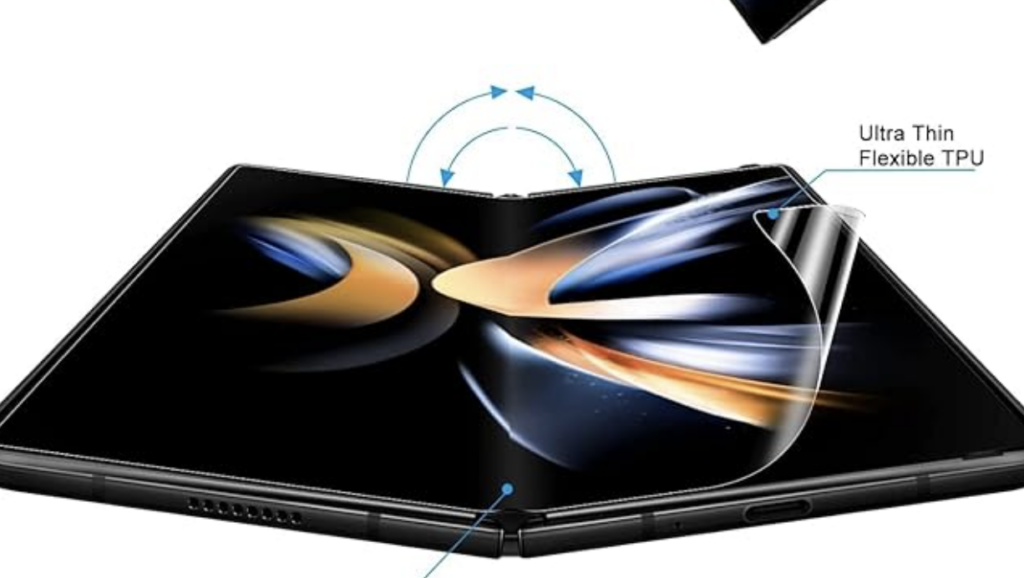
Additionally, they are prone to discoloration from sunlight and tend to accumulate oil residue from the user’s fingertips. However, the fact that they cover the whole curved display of smartphones makes them a popular choice for such users.
TPU Screen Protectors
Essentially an upgraded version of the PET film, thermoplastic polyurethane (TPU) screen protectors are more elastic and transparent, giving them several advantages, including improved scratch resistance, elasticity, and toughness. Moreover, thanks to the material’s elastic nature, TPU protectors possess a sort of ‘self-healing’ ability, where the material automatically repairs itself against minor impacts and scratches.
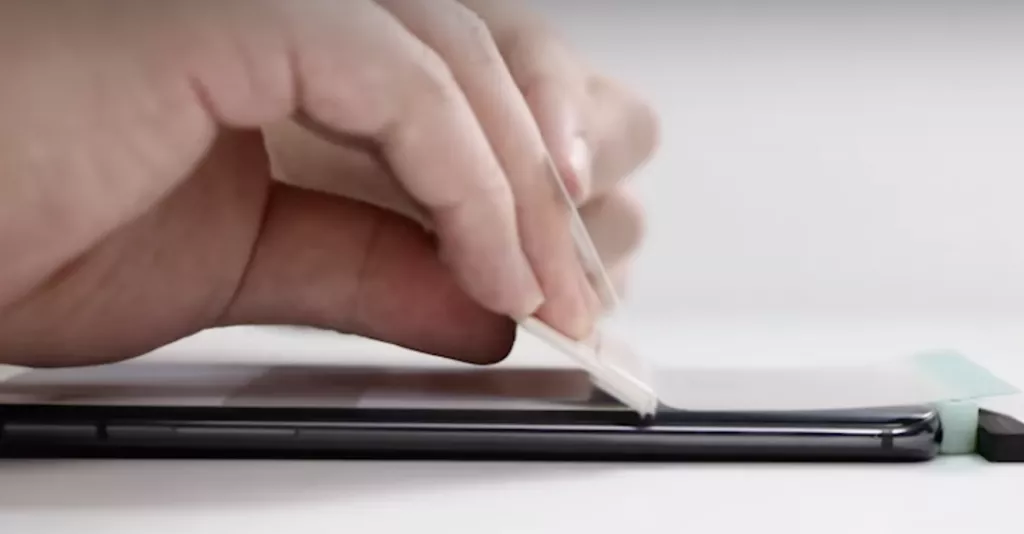
However, it is important to note that the quality of these TPU screen protectors varies significantly from brand to brand. And although users should conduct their research before purchasing, some popular brands include Spigen and Rhinoshield.
Tempered Glass Screen Protectors
Arguably the best type of screen protection, tempered glass screen protectors combine various materials, including glass, to shield your device against scratches, oil smudges, and the inevitable bumps and knocks of daily use.
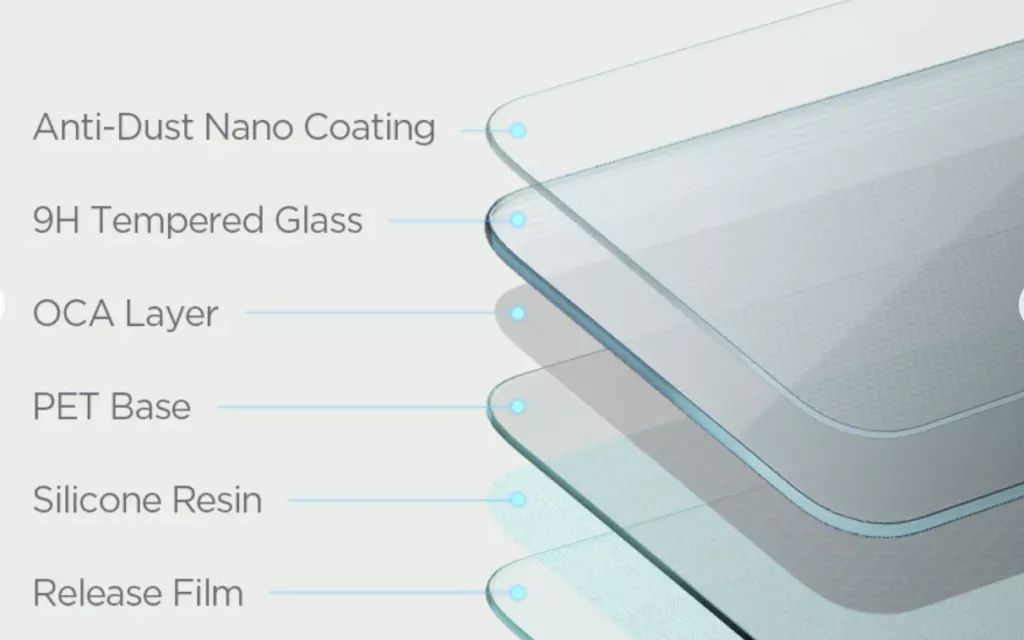
In addition to their durability, their ease of application, high light transmittance, and glass-like feel make them the preferred choice for most individuals. However, they can be challenging for users with a curved display, as most tempered glass screen protectors do not cater to the curved edges, leaving portions of the display unprotected.
Privacy Screen Protectors
In this day and age, where privacy has become one of the major talking points, privacy screen protectors have gained popularity as a tool to safeguard against inadvertent exposure to onlookers.
These protectors, available in both PET film and tempered glass types, feature an additional anti-spy layer that restricts the viewing angles of the screen, ensuring that only the user directly facing it can clearly see the content.
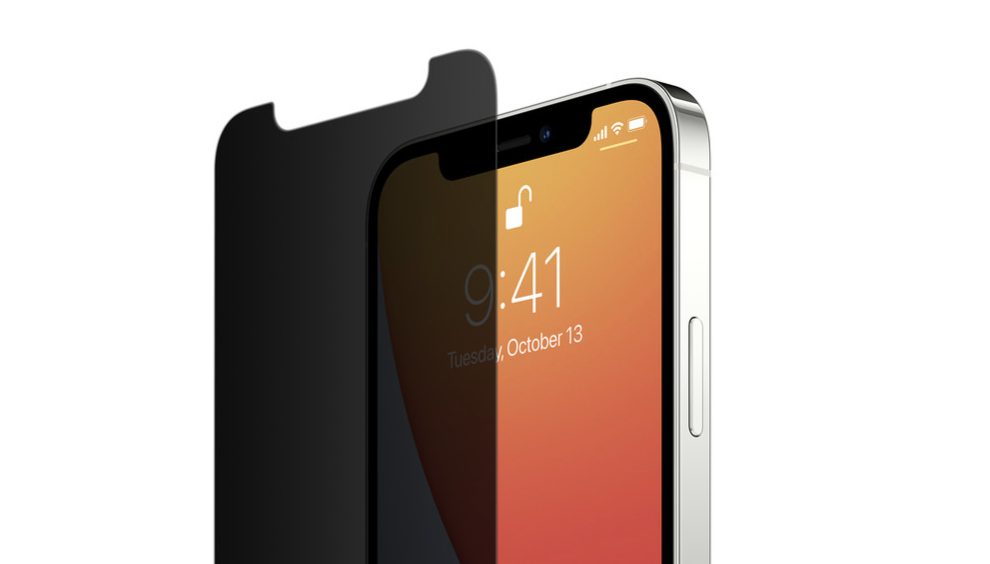
However, privacy screen protectors are not without limitations since many users have reported issues with reduced clarity and brightness. Additionally, sharing content with friends and family becomes cumbersome with these protectors.
UV Screen Protectors
Curved displays pose a challenge for traditional tempered glass screen protectors due to their inability to bend, leaving users with the option of using plastic alternatives. This is exactly where UV screen protectors come in, as they not only offer the protective qualities and tactile feedback of regular tempered glass protectors but also cover the entire curved display of a smartphone.
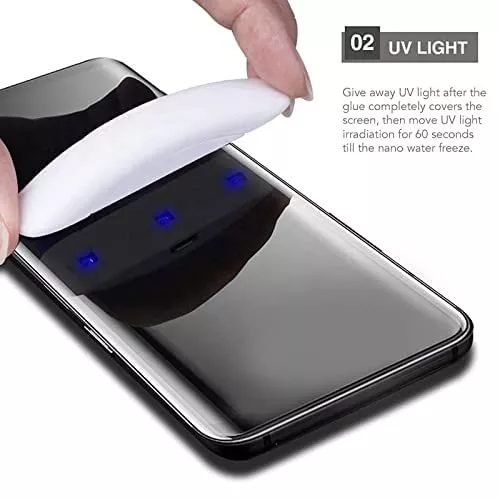
However, despite their advantages, many brands caution against using UV protectors due to the application process. This is because applying a UV screen protector involves using a liquid that hardens under UV light. However, in many cases, this liquid seeps into the phone’s internal and damages the device. Moreover, the fact that removing these screen protectors can break the screen makes them an unpopular choice.
Hydrogel Screen Guards
Similar in essence to TPU, hydrogel screen protectors are made from a soft, gel-like material, offering flexibility that suits curved screen users well. While they might not match the durability of TPU protectors, their slightly better impact absorption capability is a big selling point.
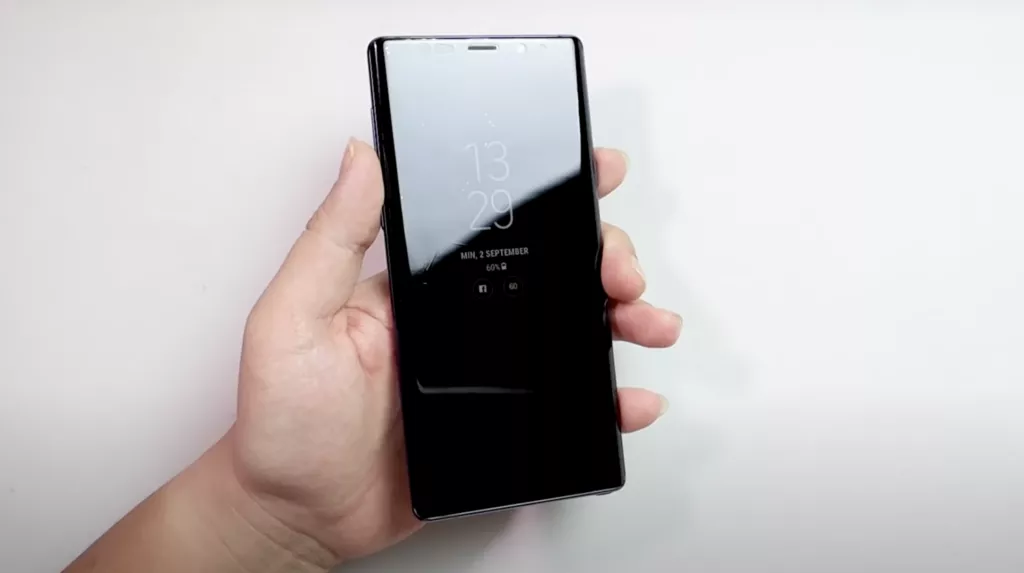
Choosing the right one for you?
Out of all the different types of screen protectors, the decision to choose the right one depends on two key factors: your device and specific needs. This is because for smartphones with curved displays, tempered glass protectors might not cover the entire screen, making hydrogel or TPU protectors more practical by offering comprehensive coverage. Although users can also opt for PET film protectors, their less-than-ideal drop protection makes them unsuitable.
On the other hand, for users with devices featuring flat displays like newer iPhones, tempered glass screen protectors are the best choice due to their durability and glass-like feel. Additionally, considering a privacy screen protector could be a smart move for those concerned about unwanted attention or prying eyes on their phone.






